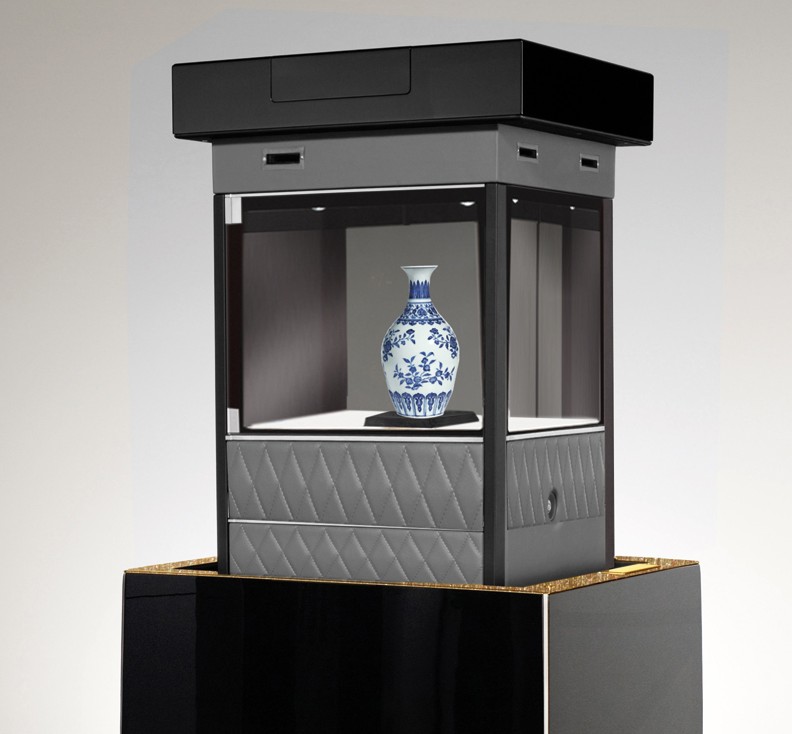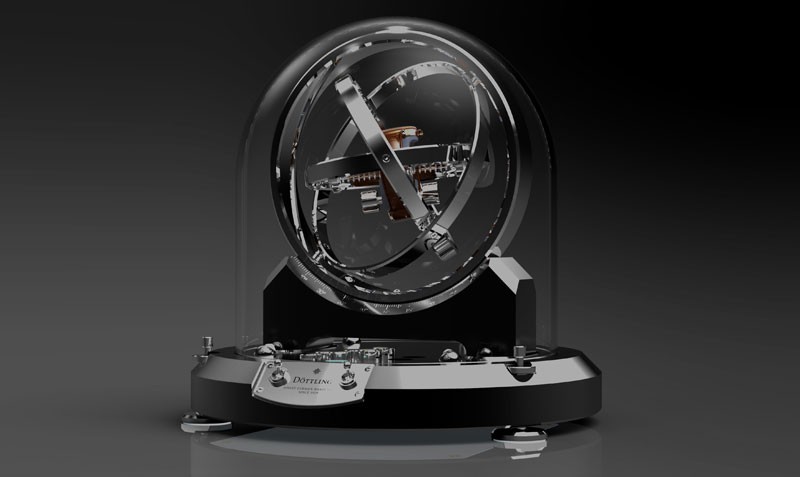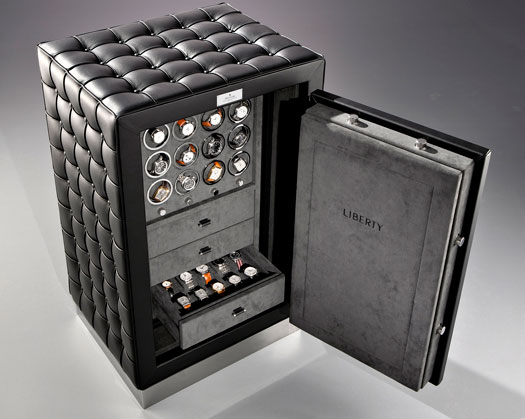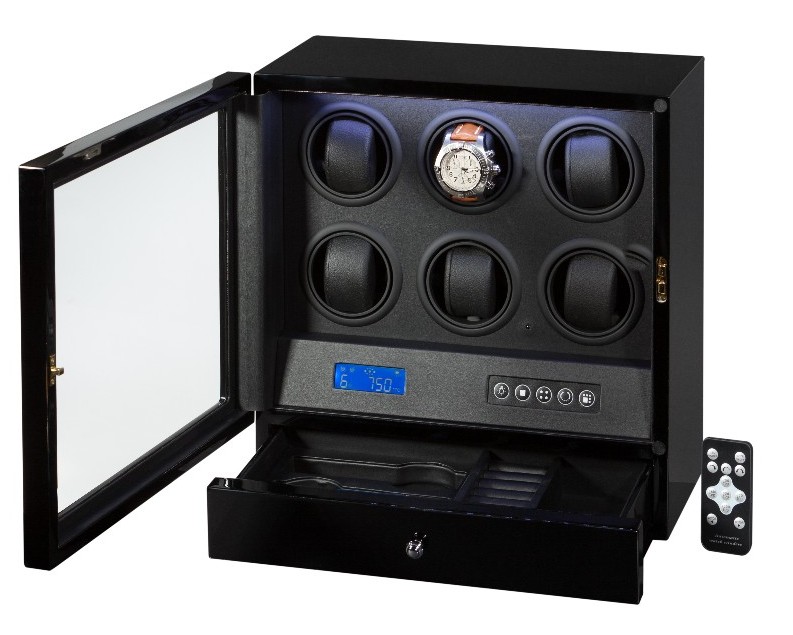Buben & Zörweg: express your own personality!
As world leader in luxury safes and built-in watchwinders, Buben & Zörweg now offers it's clients the opportunity to customize a safe. Luxury is in the details and a customized safe is an opportunity for a watch collector to express his personality and individuality.

Specially for this occasion Buben & Zörweg introduces the One-77 safe with an exterior to perfectly match the exterior of a client’s Aston Martin One-77 Supercar. When the doors of this one-of-a-kind One-77 luxury safe opens, the hi-fi system plays the sound of the owner’s Supercar engine starting up. As said, luxury is in the details.
 This One-77 can be produced in a staggering number of more than a million colours. This means that a client can choose the exact colour he prefers, without being affraid the neighbour next door buys the same safe in the same colour. In this price range you want to have something special and unique.
This One-77 can be produced in a staggering number of more than a million colours. This means that a client can choose the exact colour he prefers, without being affraid the neighbour next door buys the same safe in the same colour. In this price range you want to have something special and unique.
The team of Buben & Zörweg takes all the time to find out the exact wishes of the client to produce the perfect safe, for example with built-in watchwinder or storage for cigars or a gun. The sky is the limit.
That design and safety can be combined in a good way shows Buben & Zörweg in it's products. They use the most secure electronic systems for safes, which are originally designed and developed for Swiss banks. As we all know, Swiss banks have a reputation of being extremely safe. The designs are beautiful and only the best materials are used.
When you're looking for the best, the most luxury and you have enough money to spend, then Buben & Zörweg is your best choice!



 Since our visit at Benson watchwinders in december 2013 we follow this brand with interest. This Dutch company is a growing player on the watchwinder market and did surprise us with beautiful and mostly clever watchwinders which are suitable for any automatic watch.
Since our visit at Benson watchwinders in december 2013 we follow this brand with interest. This Dutch company is a growing player on the watchwinder market and did surprise us with beautiful and mostly clever watchwinders which are suitable for any automatic watch. 
 Watchwinders do have all kind of specific functions to wind automatic watches with the result that they keep running. One of these functions is to select the TPD (turns per day). This is the number of turns of the turntable (or rotor) that is required every 24 hours to keep the automatic watch wound. The exact movement brand and type (for example: Miyota 9015 or Sellita SW200) inside the watch determines the required TPD. There are differences between the movements which result in differences in required TPD.
Watchwinders do have all kind of specific functions to wind automatic watches with the result that they keep running. One of these functions is to select the TPD (turns per day). This is the number of turns of the turntable (or rotor) that is required every 24 hours to keep the automatic watch wound. The exact movement brand and type (for example: Miyota 9015 or Sellita SW200) inside the watch determines the required TPD. There are differences between the movements which result in differences in required TPD.